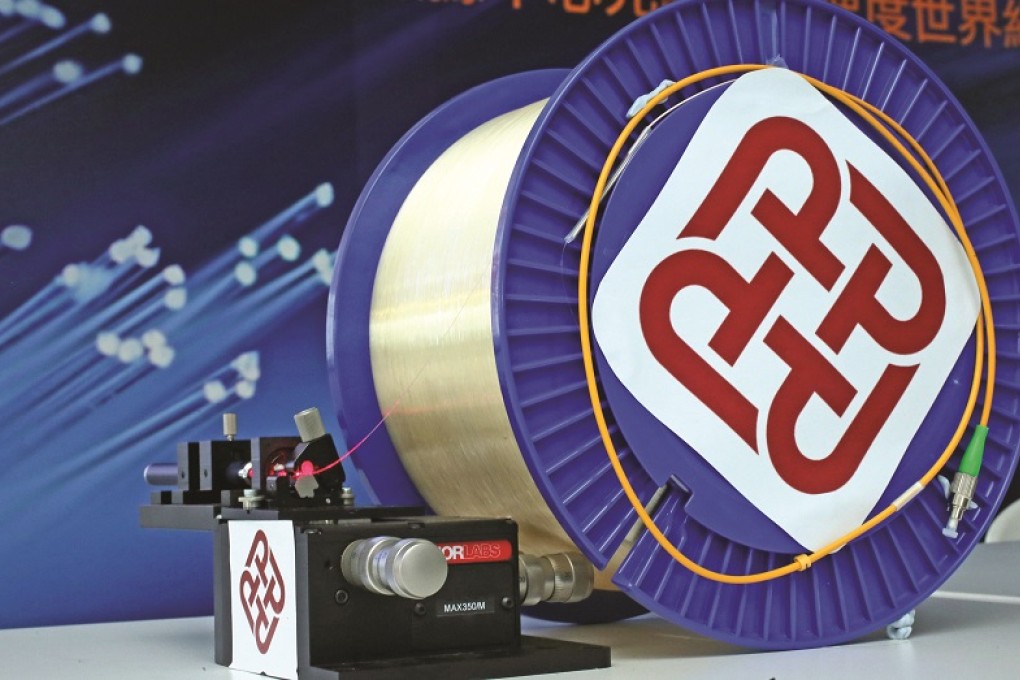World fastest optical communications for data centers
PolyU's breakthrough makes low-cost, super-fast data transmission a reality, opening a new era for Big Data and the Internet of Things.

[Sponsored Article] Whenever we search online, read a newsfeed on social media, stream a video or upload a file to the cloud, the traffic goes through data centres. These global centres not only serve as the backbone of Big Data and Internet of Things (IoT) applications, but are also the largest obstacles to increasing transmission speeds. The lack of low-cost and high-speed solutions for data centre operation is a major technological challenge.
In optical communications, all information, such as text, sound and images, is digitised and transmitted as light signals over optical fibre. During transmission, light interacts with molecules in the optical fibre through reflection and refraction. This distorts the signal, especially at higher transmission speeds and over longer distances, to the point where it becomes unrecognisable to the receiver. Although specialised optical fibre can minimise distortion, its high cost and bulky size make it impractical for use in data centres.
With these limitations in mind, Prof. Alex Wai, PolyU Vice President (Research Development) and Chair Professor of Optical Communications, Prof. Lu Chao and Dr Zhong Kangping of the Department of Electronic and Information Engineering, and Dr Alan Lau of the Department of Electrical Engineering, partnered with Huawei Technologies Co. Ltd. to develop a software approach to undo signal distortions.
The interaction of light with a single fibre molecule is a known theory in optics. However, an optical fibre contains billions of randomly placed molecules and the overall interaction effect between the light signal and the fibre is unpredictable. Therefore, the signal distortion is also random.
This breakthrough has set a new world record for the fastest optical communications for data centres, reaching 240 Gbit/s over 2 km i.e., 24 times the existing speed available in the market. With the cost per unit of data transmission reduced to just one-fourth of the existing cost, the technology is suitable for commercial use, opening up new forms of entertainment such as immersive videos, augmented reality and virtual reality.
With PolyU’s optical communications technology, around 10,000 people can simultaneously stream 4K video at less cost, compared to only 400 people under the currently available speed. In future, increased transmission speeds will begin a new era for Big Data and IoT applications.